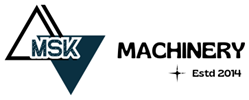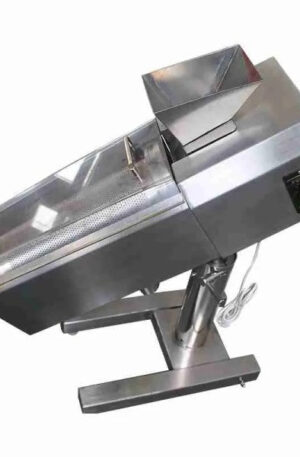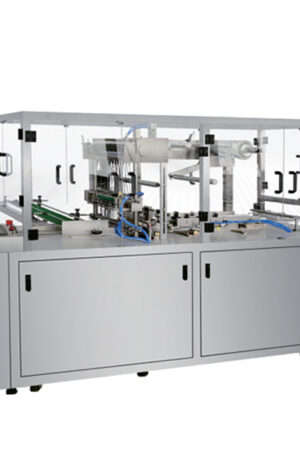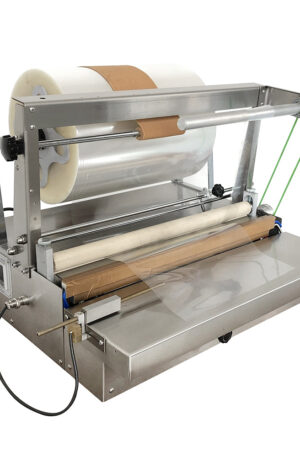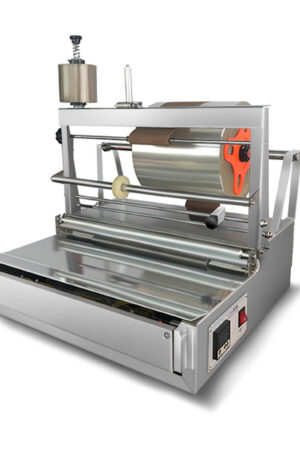Title: “Revolutionizing Pharmaceutical Manufacturing: The Role of Pharmaceutical Machinery”
Introduction:
The pharmaceutical industry is continuously evolving, and one of the key drivers of this evolution is the advancement of pharmaceutical machinery. In recent years, the development and integration of cutting-edge equipment such as table press machines, capsule filling machines, TDP (Tablet Press) machines, and THDP (Tablet Hardness Testing) machines have revolutionized pharmaceutical manufacturing processes. These machines play a crucial role in enhancing efficiency, ensuring product quality, and meeting the increasing demands of the global pharmaceutical market.
Automation and Robotics in Pharmaceutical Manufacturing:
Automation and robotics have become integral components of modern pharmaceutical manufacturing processes. Table press machines, for example, are automated machines used to compress powder blends into tablets of uniform size and weight. These machines not only increase production speed but also reduce the risk of human error, resulting in higher efficiency and consistency in tablet production. Likewise, capsule filling machines automate the process of filling empty capsules with powdered medication, streamlining the manufacturing process and improving accuracy.
Cleanroom Technology and Contamination Control:
Maintaining sterility and preventing contamination are paramount in pharmaceutical manufacturing to ensure the safety and efficacy of medications. Cleanroom technology, which includes specialized equipment such as HEPA filters, laminar airflow systems, and gowning protocols, plays a crucial role in creating controlled environments for pharmaceutical production. The integration of advanced cleanroom technology with pharmaceutical machinery helps minimize the risk of contamination and ensures product quality throughout the manufacturing process.
Integration of Data Analytics and AI in Pharmaceutical Machinery:
Data analytics and artificial intelligence (AI) are revolutionizing pharmaceutical manufacturing by enabling predictive maintenance, real-time monitoring, and quality assurance. Table press machines equipped with AI algorithms can analyze production data to optimize tablet compression parameters and detect anomalies in the manufacturing process. Furthermore, AI-powered THDP machines can provide real-time feedback on tablet hardness, ensuring consistent quality and compliance with industry standards.
Sustainability and Green Practices in Pharmaceutical Machinery:
In response to growing environmental concerns, sustainability and green practices have gained traction in the pharmaceutical industry. Manufacturers are increasingly adopting energy-efficient table press machines and capsule filling machines to reduce carbon footprints and minimize waste. Additionally, the implementation of recyclable materials in TDP and THDP machines underscores the industry’s commitment to sustainability and corporate social responsibility.
Conclusion:
The role of pharmaceutical machinery in revolutionizing pharmaceutical manufacturing cannot be overstated. From automation and robotics to cleanroom technology, data analytics, and sustainability practices, the integration of advanced equipment is driving efficiency, quality, and sustainability in the industry. Table press machines, capsule filling machines, TDP machines, and THDP machines represent just a few examples of the innovative technologies shaping the future of pharmaceutical manufacturing. By leveraging these advancements, pharmaceutical companies can enhance production processes, meet regulatory requirements, and ultimately deliver high-quality medications to meet global health needs.
